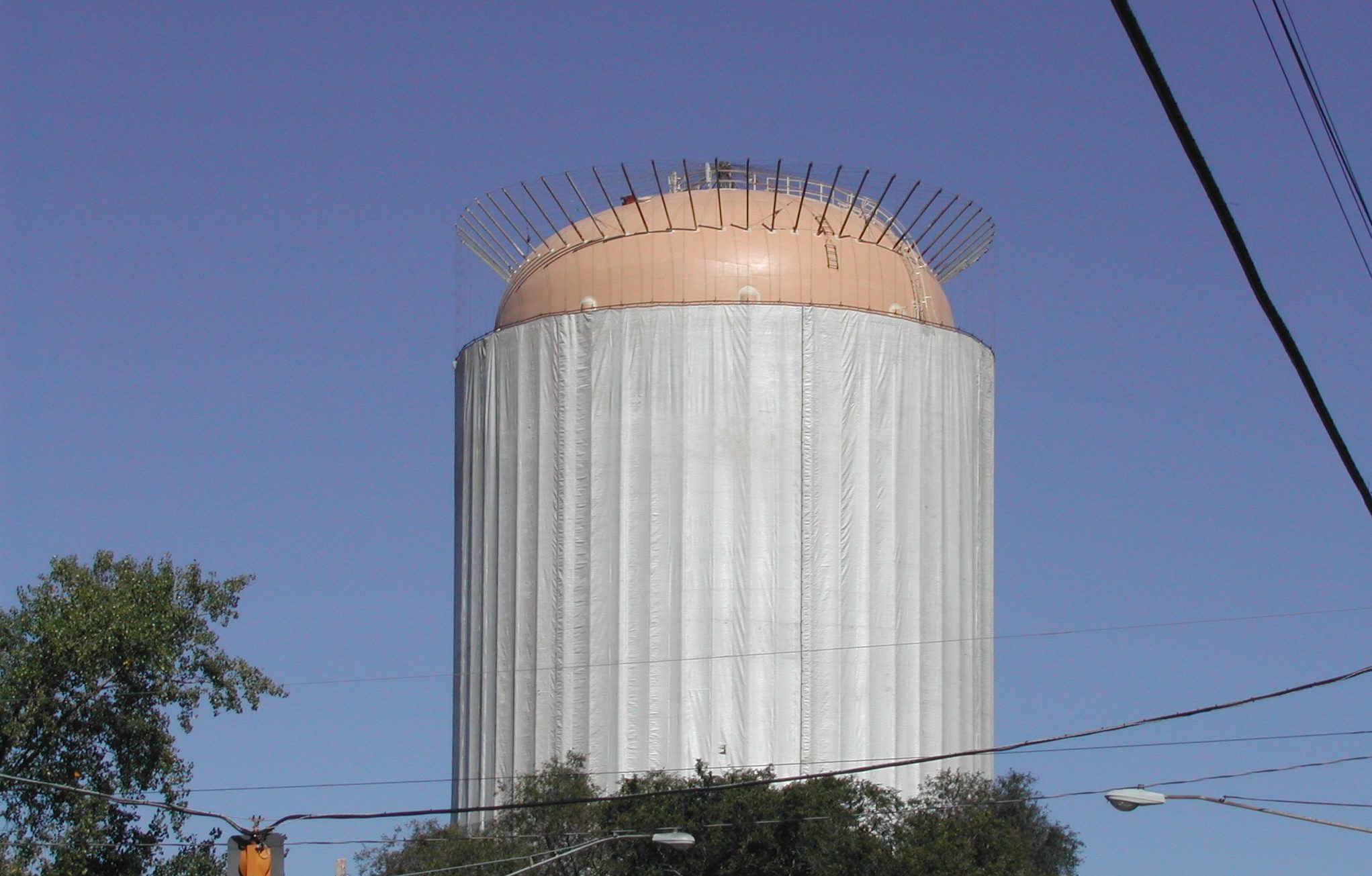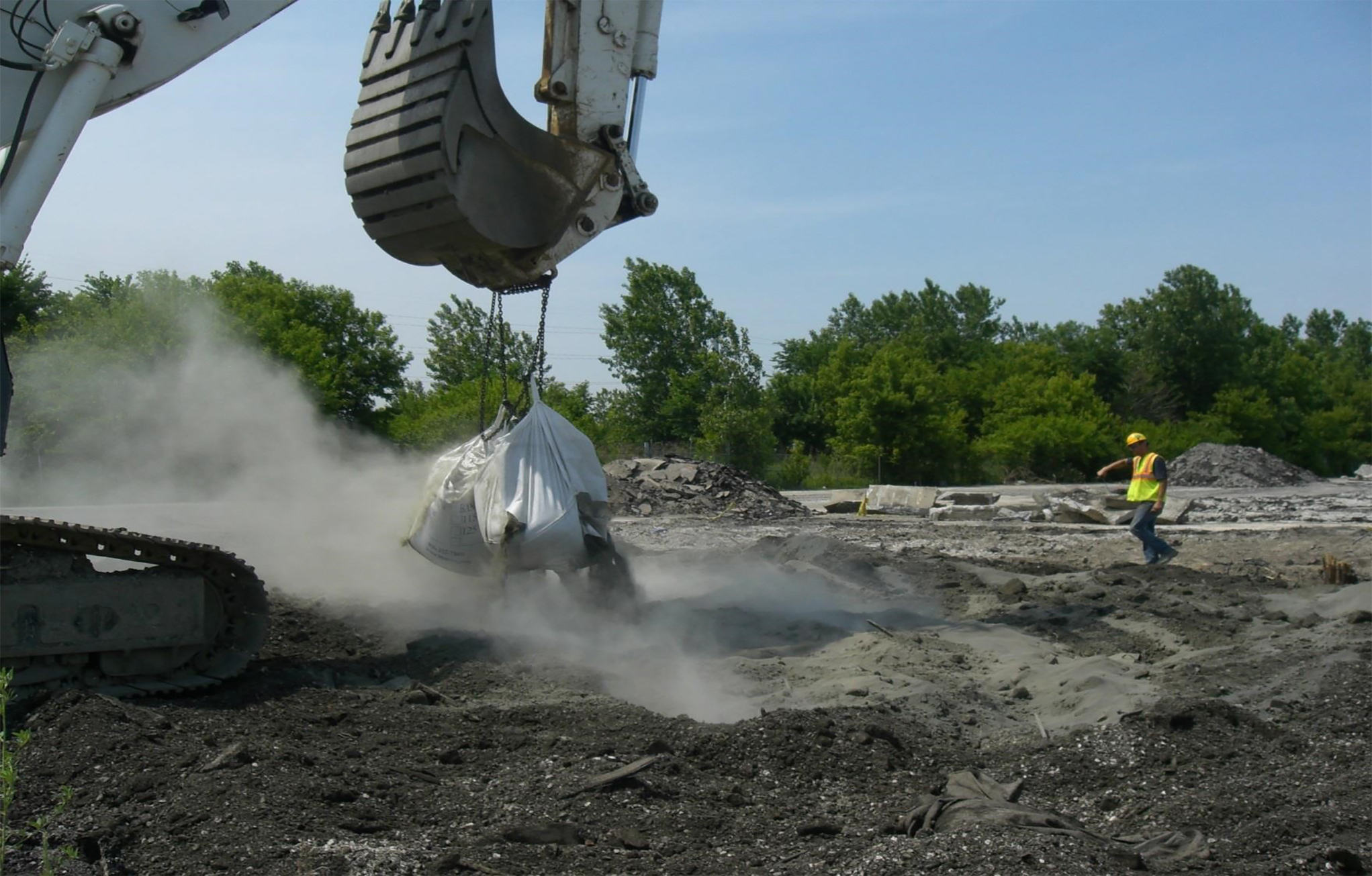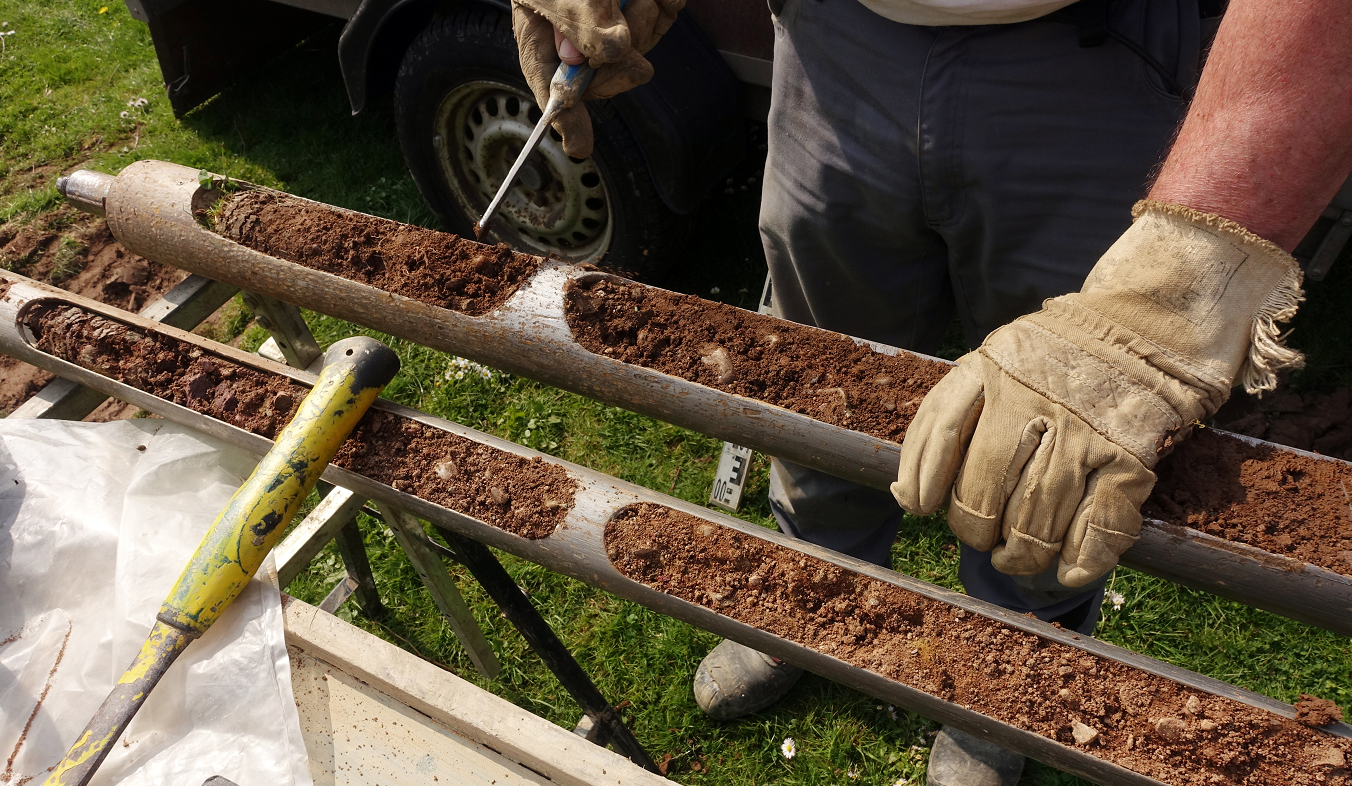
Lead Paint Removal Regulations
This article to help understand EPA’s lead paint removal regulations and the lead paint abatement process. On May 26th, 1998, the US EPA released the long awaited Phase Four Land Disposal Restrictions final rule. In those new lead paint removal regulations, there are several components that will directly affect abrasive waste disposal: implementation of new hazardous waste universal treatment standards (UTS) and a prohibition of the use of iron or steel dust as a lead waste treatment agent.
NEW UTS STANDARDS FOR LEAD PAINT REMOVAL REGULATIONS
The UTS standards require any waste that fails the TCLP test to be classified as a hazardous waste, and require additional treatment or hazardous landfill disposal at a great cost. Lead paint removal regulations prior to 1995 state, abrasive blasting wastes that exceeded set TCLP limits for the RCRA eight heavy metals were classified as a hazardous waste, requiring permitted facilities that receive those wastes to treat only those metals exceeding the TCLP limit (5.0 mg/l for Pb) to below that limit prior to land disposal. No additional treatment was necessary. Under the new rule, once a waste tests hazardous for one metal, that metal plus all other appropriate metals have to be treated to the UTS standards, rather than just below current TCLP limits. These UTS standards are approximately 10 times lower that the TCLP limit.
Method 1311:
When it comes to determining if a waste is hazardous from a disposal standpoint, there is only one test method that matters. US EPA mandates the use of Method 1311, Toxicity Characteristic Leaching Procedure (TCLP) for determining if a waste is hazardous or non-hazardous for disposal purposes.
According to the EPA Solid Waste Manual 846, Method 1311 “is designed to determine the mobility of both organic and inorganic analytes present in liquids, soils and wastes.”
The TCLP test was designed to test for these characteristics by simulating leaching in an acidic landfill environment.
The EPA also designed other testing methods, including the SPLP (Synthetic Precipitation Leaching Procedure) and MEP (Multiple Extraction Procedure) tests for testing reagents long term stabilization of hazardous waste.
SPLP tumbles the sample in a single extraction for 18 +/- 2 hours (similar to TCLP).
MEP tumbles the sample in an initial TCLP extraction, followed by 9 additional full extractions (24 hours per each extraction)
Treatment with Blastox Blended Abrasive
The EPA has published a list of what it deems the Best Demonstrated Available Technologies (BDAT) for the stabilization of D008 and P+U Lead Wastes. Lead-based paint debris are included in the lead paint removal regulations. BDAT stabilization technologies include “lime/fly ash mixtures, cement, concrete mixtures, or other proprietary or non-proprietary formulations”. Blastox® uses all of these chemistries.

Blastox® utilizes an initial pH adjustment followed by additional stabilization reactions that produce a long term stable waste. The three stabilization reactions are summarized here:
1. The addition of Blastox® creates an alkaline matrix in which lead is stable. This elevated pH instantaneously stabilizes the lead.
2.Silicate reactions change the chemical form of the lead from a lead oxide, carbonate, or hydroxide to a lead silicate which is insoluble.
3. Hydration reactions encapsulate the waste into a cementitious mass which limits the gravitational flow of water.
These reactions occur simultaneously and all are equally important in the stabilization of lead waste. The silicate and hydration reactions promote the long term stability of the waste. The end result of the three reactions is an encapsulated, insoluble lead silicate. The change in alkalinity (pH) is a by-product of the silicate and hydration reactions and is not the primary stabilizing reaction. The resulting lead silicate will not leach into acidic, neutral, or basic solutions. The reactions are not reversible. If Blastox® is present, the lead will be converted to a lead silicate and become insoluble under the lead paint removal regulations.







